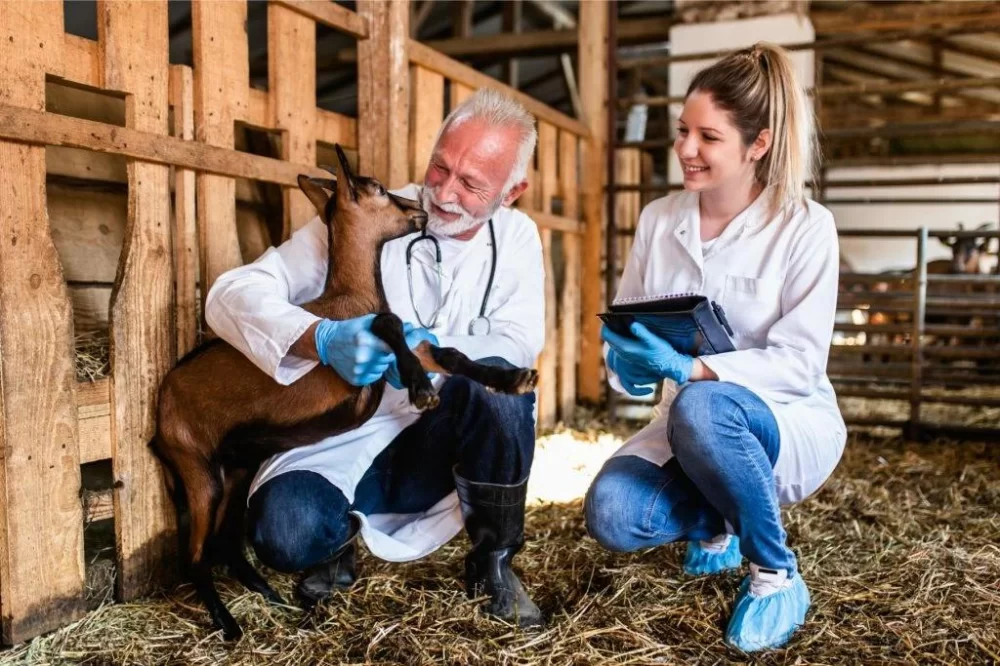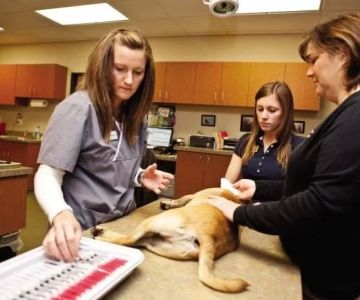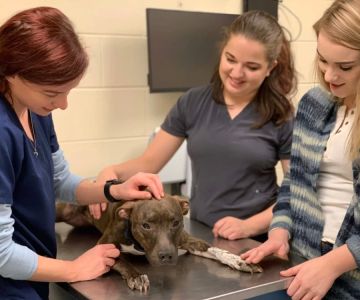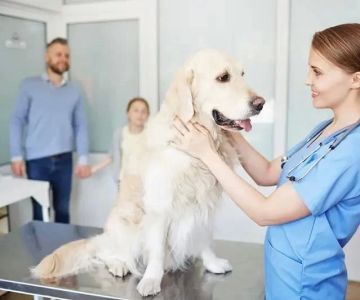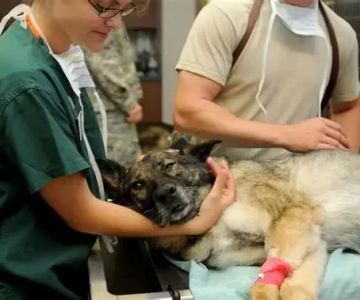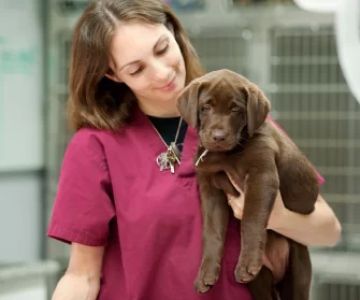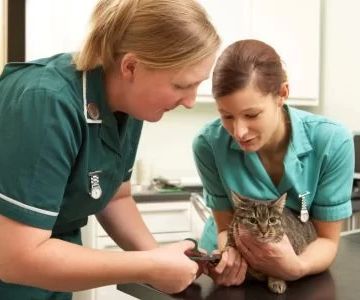- 1-Roles-And-Responsibilities-Of-A-Doctor-And-A-Veterinarian
- 2-Key-Differences-Between-A-Doctor-And-A-Veterinarian
- 4-Real-Life-Stories-Showing-The-Impact-Of-Both-Professions
- 5-How-To-Support-Healthcare-Professionals-Like-Doctors-And-Veterinarians
1. Roles and Responsibilities of a Doctor and a Veterinarian
When considering a doctor and a veterinarian, it’s important to recognize the distinct yet equally vital roles they play. A doctor specializes in human medicine, diagnosing and treating illnesses, promoting health, and sometimes performing surgeries on people.
In contrast, a veterinarian focuses on animal health, caring for pets, livestock, and wildlife. They diagnose diseases, perform surgeries, and work to improve animal welfare.
1.1 Human Healthcare vs. Animal Healthcare
Doctors address a broad range of human conditions, while veterinarians tailor their knowledge to species-specific anatomy and diseases.
1.2 Specialized Areas Within Each Profession
Both fields have specialties; for example, doctors can be cardiologists or pediatricians, while veterinarians may specialize in exotic animals or equine care.
2. Key Differences Between a Doctor and a Veterinarian
The primary difference lies in their patient base—humans versus animals—but also in training and practice. Medical doctors undergo education focused on human biology, while veterinarians study multiple species and their unique health needs.
Additionally, veterinarians often handle more diverse species and adapt treatments accordingly, requiring broad expertise.
2.1 Educational Paths and Licensing
Both professions require extensive education and licensing, but curricula reflect their different patient populations.
2.2 Ethical and Practical Considerations
Doctors navigate human patient rights, while veterinarians balance animal welfare with owner decisions.
3. Shared Skills and Qualities of Doctors and Veterinarians
Despite differences, a doctor and a veterinarian share core skills: critical thinking, compassion, strong communication, and problem-solving. Both must stay current with medical advances and often face emotionally challenging situations.
These qualities make them trusted caregivers and advocates in their fields.
3.1 Communication with Patients and Clients
Doctors communicate directly with patients, whereas veterinarians must also engage with animal owners effectively.
3.2 Commitment to Lifelong Learning
Continuous education is essential for both to provide the best care possible.
4. Real-Life Stories Showing the Impact of Both Professions
Dr. Emily’s dedication saved countless lives in her community clinic, providing not just treatment but hope and education. Meanwhile, Dr. Mark, a veterinarian, rescued a family’s beloved dog from a rare illness, demonstrating the deep bond between vets and their patients.
These stories illustrate how both professions profoundly affect lives, human and animal alike.
4.1 The Human Side of Medical Care
Emily’s story highlights the trust and empathy essential to a doctor’s role.
4.2 The Compassionate Heart of Veterinary Medicine
Mark’s experience shows the unique challenges and rewards of caring for animals.
5. How to Support Healthcare Professionals Like Doctors and Veterinarians
Recognizing the dedication of a doctor and a veterinarian encourages us to support them through informed choices, respect, and access to quality tools and products that enhance their work.
Explore trusted resources and specialized equipment designed for healthcare professionals to empower them in delivering exceptional care.
Supporting these heroes, whether human or animal healthcare providers, ensures healthier communities and happier lives. Invest in quality supplies and expert guidance to contribute meaningfully to their vital missions.

